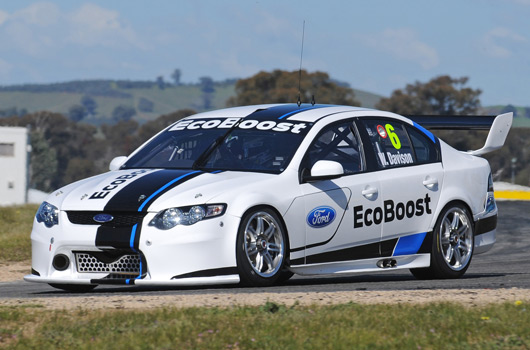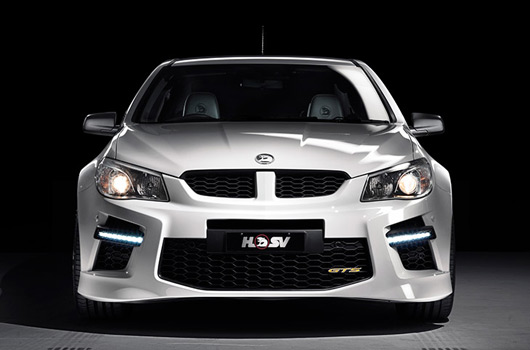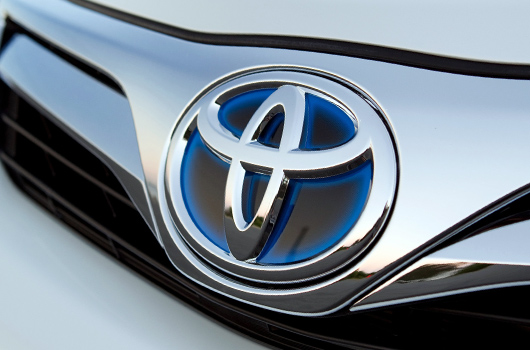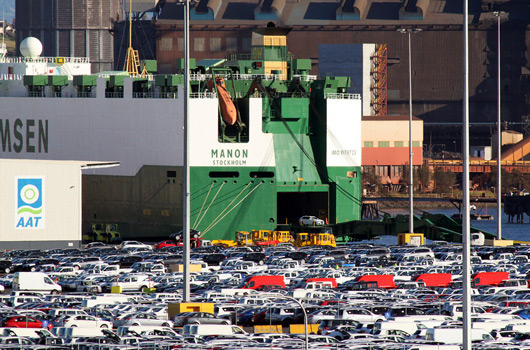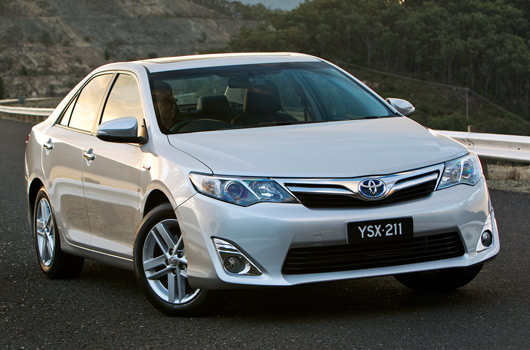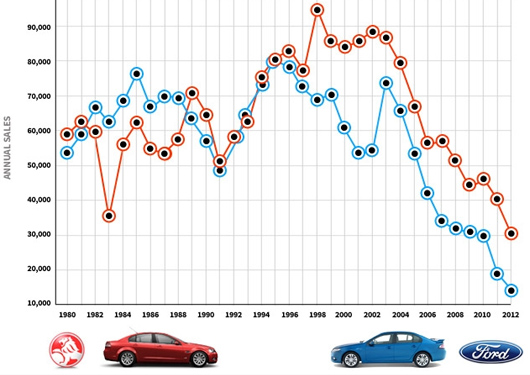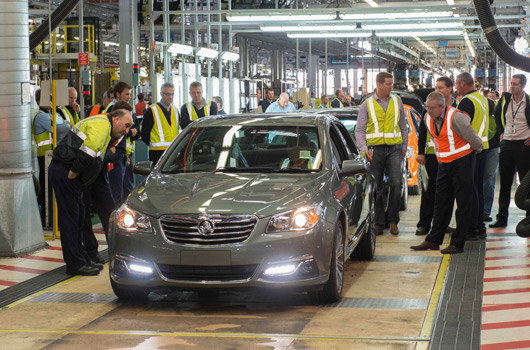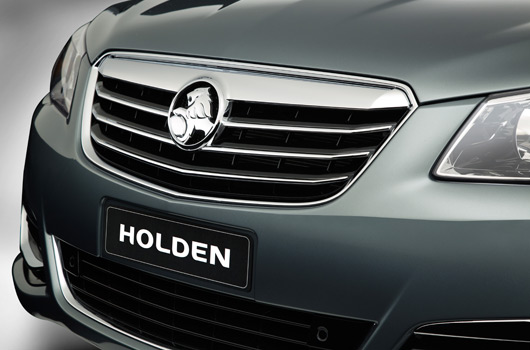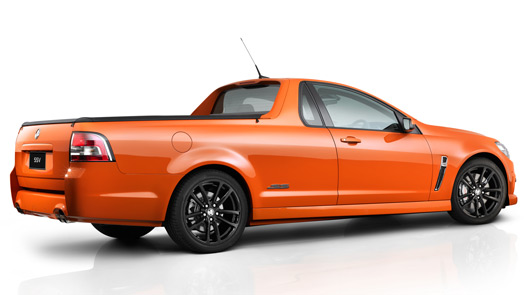It’s now official: Ford will pull out of V8 Supercars after the completion of the 2015 season. It’s a story that’s been on the boil for months and was today confirmed by Ford Australia boss Bob Graziano.
“This afternoon, we will announce we will provide support to teams racing Ford Falcons in the 2015 V8 Supercars series but will not renew our sponsorships after the 2015 season,” Graziano said.
“We are electing to invest our funds to continue expanding and refreshing our product lineup while delivering a leading consumer experience.
“You will hear much more about this investment at our ‘Go Further 2020: Experience the Future Today’ event beginning next week.
“There has already been a lot of speculation and confusion about what this means for Ford going forward. Let me be clear about a few key points:
- Performance is part of our DNA, and will continue to be, as we increase our vehicle offerings and enthusiasts look for a wider range of performance models such as cars like Mustang, Fiesta ST and Focus ST.
- Ford is proud to launch the FG X Falcon, including building on our performance heritage by racing the new model in V8 Supercars in 2015.
- This decision is not a short-term plan as we transform our business.
“We are proud of the teams and our history in the series but have made this decision so we can move forward by focusing all of our attention on our great products and consumer experience.”
So, there you have it. A series originally designed to be a two-man show at the expense of all others, will soon lose one of its leading men.
[Source: Speedcafe]
UPDATE: Prodrive Racing Australia (aka Ford Performance Racing) is considering its options beyond 2015, saying it’s possible it will run the FG X Falcon in 2016.
